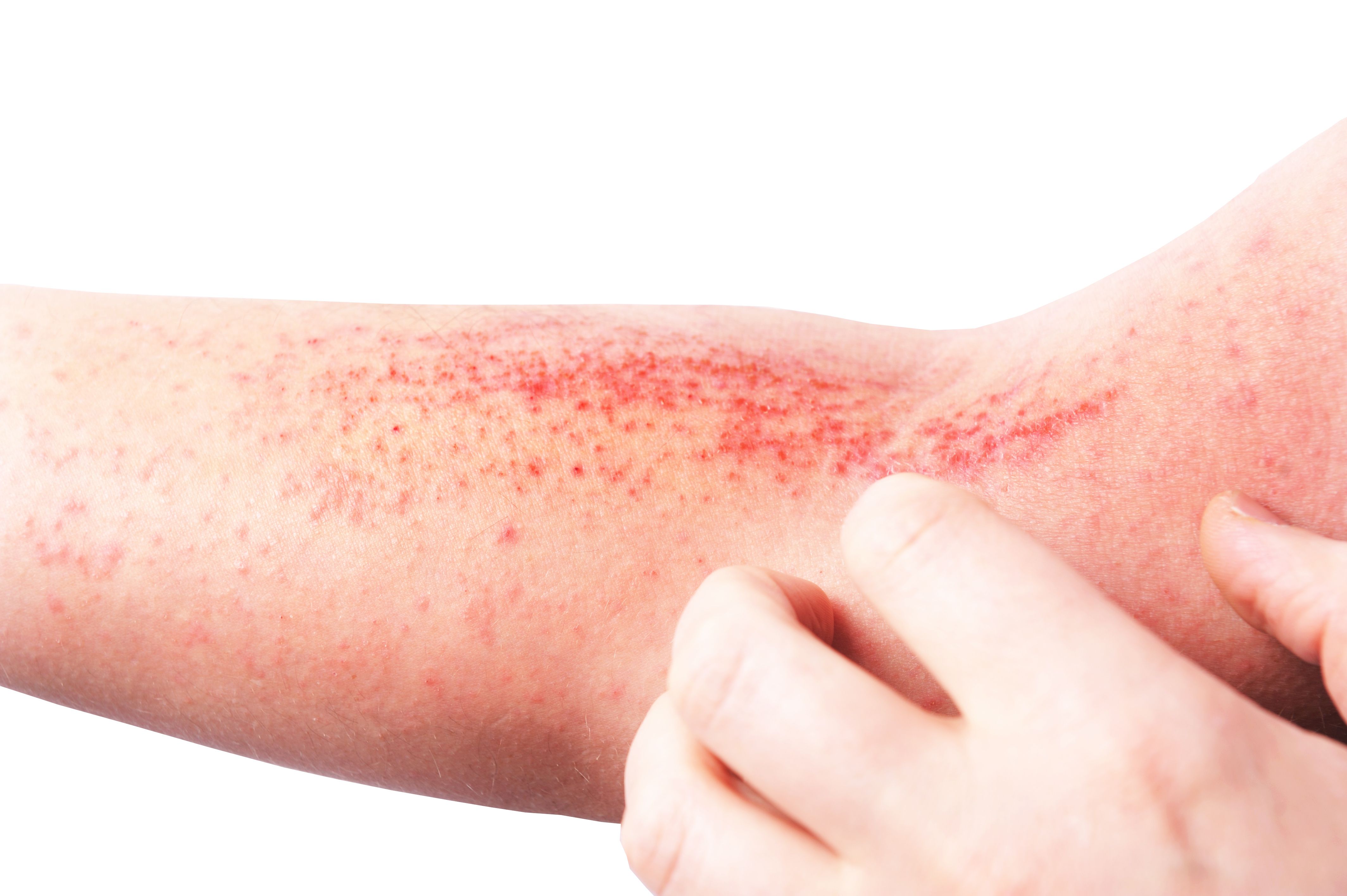Fall Clinical: Long-term extension data of tapinarof cream 1% for atopic dermatitis
In all, 51.9% of patients entered with or achieved complete disease clearance at least once during the 48-week study.
Fall Clinical: Long-term extension data of tapinarof cream 1% for atopic dermatitis | Image Credit: © lial88 - © lial88 - stock.adobe.com.

Background and study designs
Presented at the 44th Annual Fall Clinical Dermatology Conference, Dermavant Sciences has announced topline data from the ADORING 3 open-label, long-term extension (LTE) study of tapinarof (VTAMA) cream, 1% in adults and children aged 2 years and older with atopic dermatitis (AD).1
Tapinarof cream, 1%, is a novel, steroid-free, aryl hydrocarbon receptor agonist to potentially manage acute and long-term AD.1
"Tapinarof, the active ingredient in [tapinarof] cream, 1%, is a novel drug demonstrating a proposed new mechanism of action potentially for atopic dermatitis, showing positive safety data, efficacy, and good tolerance in the atopic dermatitis clinical studies from ages 2 years-plus, which complements the data and experience of its use in the topical treatment of plaque psoriasis in adults," said Lawrence Eichenfield, MD, professor of dermatology and pediatrics, vice chair, Department of Dermatology, chief, Pediatric and Adolescent Dermatology, University of California, San Diego, and Rady Children’s Hospital, San Diego, California, in a previous interview with Contemporary Pediatrics.2
The LTE study followed a pair of identical phase 3 trials, the ADORING 1 (NCT05014568) and ADORING 2 (NCT05032859) studies, which evaluated safety and efficacy of tapinarof cream, 1% in this patient population. In these trials, patients had a Validated Investigator Global Assessment for Atopic Dermatitis (vIGA-AD) score of 3 (moderate) to 4 (severe) at baseline.1,2
Click here for more on the phase 3 ADORING 1 and ADORING 2 studies.
Related: FDA accepts sNDA for tapinarof cream, 1% to treat AD in children 2 years and up
ADORING 3 is a 48-week LTE of ADORING 1 and ADORING 2, a 4-week maximal usage pharmacokinetics study, and tapinarof cream-naive patients aged 2 to 17 years with either mild, moderate, or severe AD that did not meet inclusion criteria of ADORING 1 and 2, according to a press release from Dermavant.1
"In ADORING 3, patients were followed for up to 48 weeks, with safety and tolerability endpoints that included treatment emergent adverse events, adverse events of special interest, investigator-assessed and patient/caregiver-assessed local tolerability, and efficacy endpoints that included the achievement of complete disease clearance (vIGA-AD=0), and the achievement of clear or almost clear skin (vIGA-AD=0 or 1)," the biopharmaceutical company stated.1
Those who entered with any disease activity (vIGA-AD ≥ 1) were treated with tapinarof cream, 1% until complete disease clearance was achieved (vIFA-AD = 0). If patients entered with complete clearance, they discontinued tapinarof cream, 1% treatment and were followed to evaluate the treatment-free interval, defined as "the maintenance of clear or almost clear skin (vIGA-AD = 0 or 1) for consecutive days while no longer receiving any treatment for AD."1
Those whose AD returned to mild or above (vIFA-AD ≥ 2) were re-treated until complete clearance was established again.
Results
Of the 728 patients enrolled in the LTE, 83% were pediatric patients aged 2 to 17 years. In all, 51.9% of patients entered with or achieved complete disease clearance at least once during the 48-week study. In addition, 81.6% entered with or achieved clear or almost clear skin (vIGA-AD=0 or 1) at least once during the 48-week study, stated Dermavant.1
After entering with or first achieving complete disease clearance and discontinuing VTAMA cream, 1% treatment (n = 378), the average duration of the first treatment-free interval was 79.8 consecutive days (SD = 81.4 days). There was no evidence of tachyphylaxis in patients who received either continuous or intermittent therapy of tapinarof cream, 1% for up to 48 weeks.1
Additional coverage of tapinarof cream, 1%
In October 2023, Dermavant released new pruritus data for tapinarof cream, 1% that revealed a greater reduction in itch as early as 24 hours after first application in children as young as 2 years of age with AD.2
"Overall, these results show a rapid reduction in itch as early as 24 hours after first application of tapinarof, with a consistent improvement in itch through week 8," Eric Simpson, MD, MCR, professor, Frances J. Storrs Medical Dermatology, director, CLEAR Eczema Center, Oregon Health & Science University, told Contemporary Pediatrics at the time.2
"Itch remains the most burdensome and prevalent symptoms of atopic dermatitis, and these results highlight the potential of tapinarof as a clinically meaningful therapy with the ability to reduce itch for adults and children living with atopic dermatitis," said Simpson.2
Click here for full 24-hour application results and full commentary from Simpson.2
In March, Dermavant announced positive data from the ADORING program for adult and pediatric patients down to 2 years of age with skin of color. Click here for these results.2
References:
1. Dermavant Presents ADORING 3 LTE Final Data on Complete Skin Clearance and Treatment-Free Interval for VTAMA® (tapinarof) Cream, 1% in Adults and Children as Young as Two Years Old with Atopic Dermatitis at the 44th Annual Fall Clinical Dermatology Conference. Dermavant Sciences. Press release. October 25, 2024. Accessed october 25, 2024. https://dermavant.com/dermavant-presents-adoring-3-lte-final-data-on-complete-skin-clearance-and-treatment-free-interval-for-vtama-tapinarof-cream-1-in-adults-and-children-as-young-as-two-years-old-with-atopic-der/
2. Fitch, J. FDA accepts sNDA for tapinarof cream, 1% to treat AD in children 2 years and up. Contemporary Pediatrics. April 29, 2024. Accessed October 25, 2024. https://www.contemporarypediatrics.com/view/fda-accepts-snda-for-tapinarof-cream-1-to-treat-ad-in-children-2-years-and-up
Newsletter
Access practical, evidence-based guidance to support better care for our youngest patients. Join our email list for the latest clinical updates.